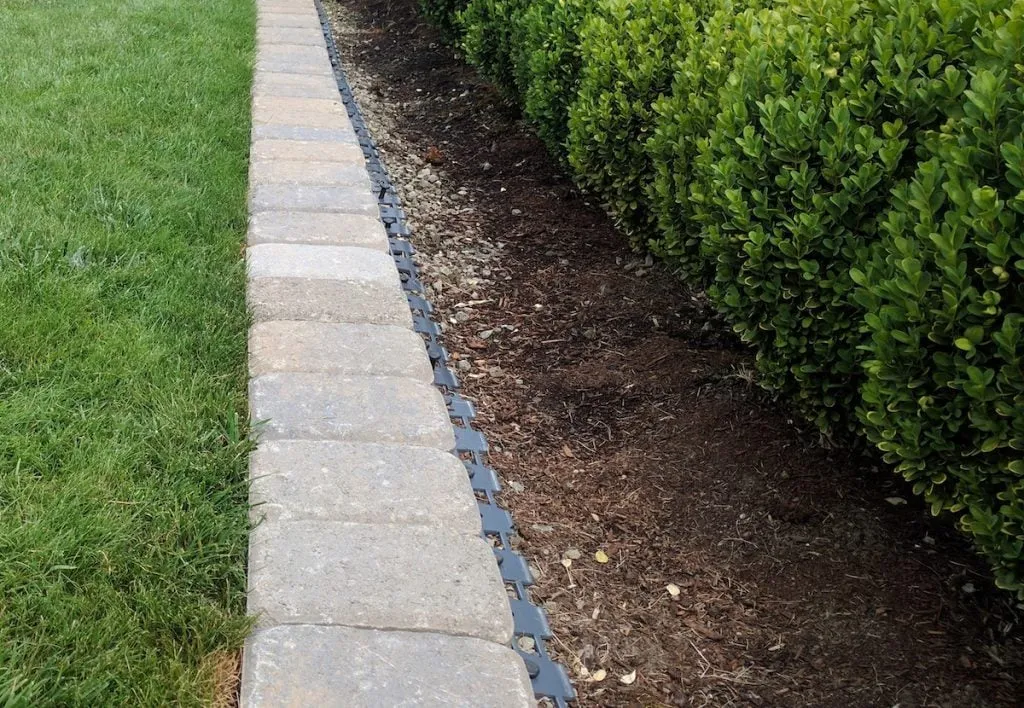Fall in North Florida may not bring red and yellow foliage like other parts of the country, but it does offer something just as valuable—mild weather and the perfect conditions for landscape upgrades.
Whether you're planning to host for the holidays or just want to come home to a lawn you love, fall is a great time to invest in thoughtful updates that make a lasting impact. At The Master's, we specialize in landscape designs that look great year-round, but especially shine in the mild spring and fall seasons.
Here are some of the best ways to elevate your curb appeal this fall.
1. Add Color with Seasonal Plantings
Fall is a great time to add fresh pops of color with hardy annuals and perennials that thrive in cooler temperatures. Consider:
- Snapdragons
- Petunias
- Salvia
- Mums
These plantings offer rich textures and bold tones that bring warmth and vibrancy to your beds, containers, and entryways.
2. Define Beds with Fresh Mulch or Rock
One of the easiest ways to give your landscape a clean, polished look is by redefining bed edges and adding new mulch or decorative rock. Not only does this improve the appearance of your landscape, but it also:
- Helps retain moisture for plants
- Suppresses weed growth
- Regulates soil temperature
A well-mulched bed instantly enhances contrast and structure—making every plant pop.
3. Install Landscape Lighting
As daylight hours shorten, landscape lighting becomes both a functional and aesthetic improvement. Adding pathway lights, uplighting for trees, or soft glows around patios improves safety and highlights key features of your home.
Lighting also enhances evening curb appeal and allows you to enjoy your outdoor spaces long after the sun goes down.
4. Upgrade Hardscapes

Hardscape enhancements like a new paver border, custom paver walkway, or accent wall can transform the feel of your landscape. Even replacing outdated edging or refreshing a patio can make a noticeable difference in your home’s first impression.
Fall's cooler temperatures are ideal for this kind of work—your lawn and plants can recover quickly without the added stress of summer heat.
5. Tidy Up with Seasonal Pruning
If your hedges or trees are overgrown, a well-timed trim can work wonders for your yard’s appearance. Strategic pruning not only boosts visual appeal but also prepares your plants for healthy growth in the months ahead.
Combine this with leaf cleanup and fall debris removal to keep your yard looking tidy and intentional.
Ready to Refresh Your Curb Appeal?
Whether you're dreaming of a simple seasonal upgrade or a full landscape makeover, The Master's Lawn & Pest can help bring your vision to life. Our Landscape Enhancement Specialists will guide you through the best options for your property, budget, and style.
Fall is short—but its impact can last all year long. Let’s make the most of it.
Schedule a Landscape Estimate today!
Our team is ready to help! Contact us now at (352) 378-5296 or (904) 913-5296 or fill out our form at the top of the page, we would love to help!
